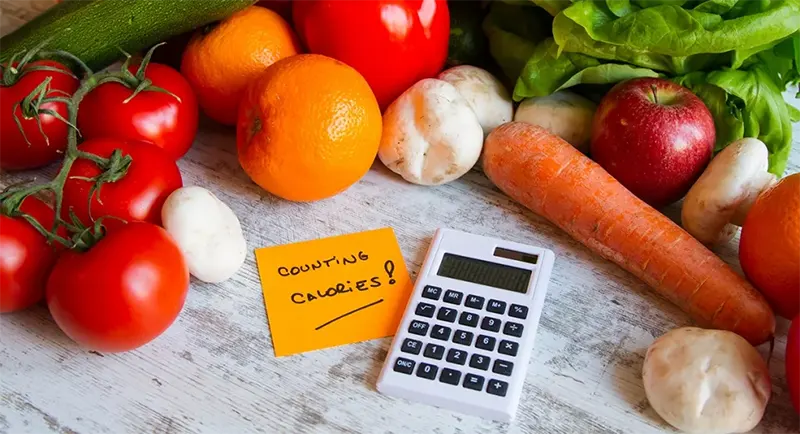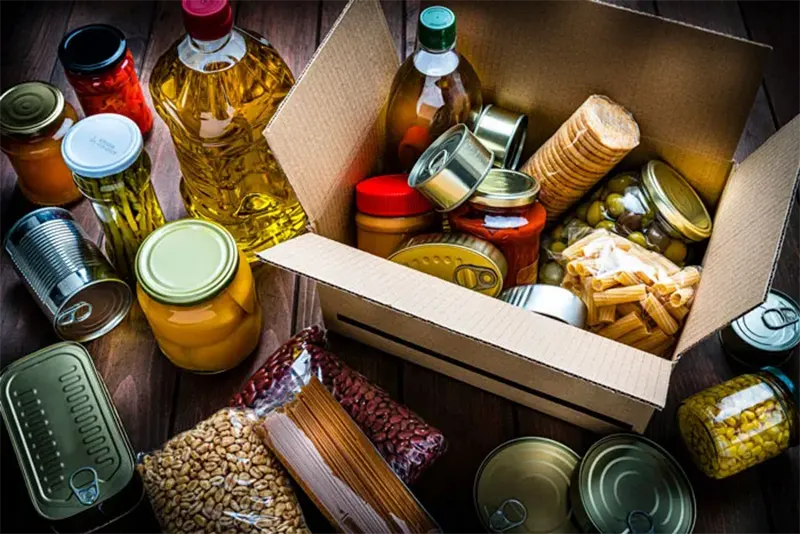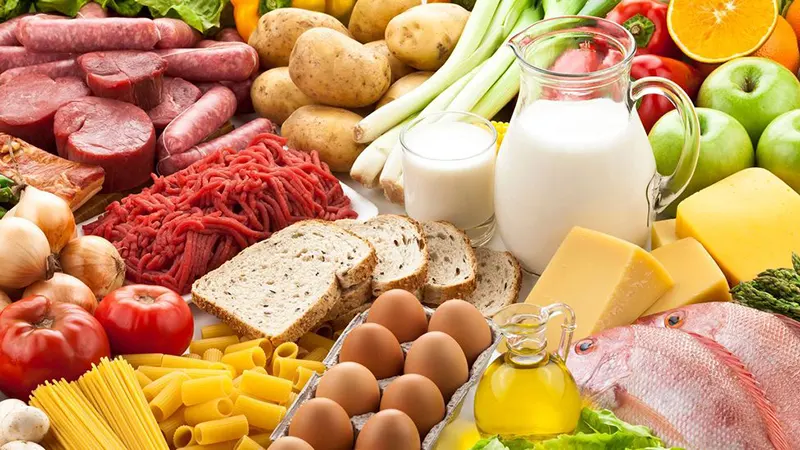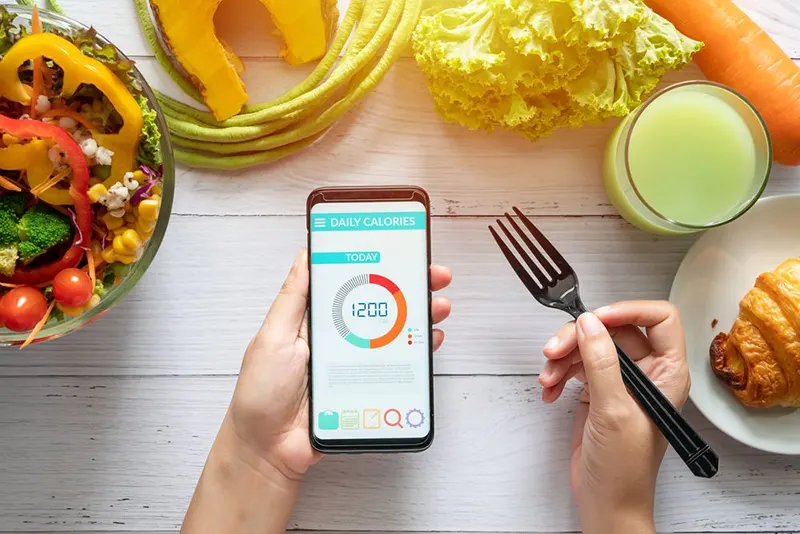Surviving a disaster is a tough game. Apart from ensuring your safety, you also need to make sure that there’s enough food for you to make it through. But how much food do you need just to survive? Are you sure you have enough?
In a day, you need at least 1,200 calories worth of food and one gallon of drinking water to keep the body healthy. If less is available, prioritize increasing your protein intake and taking vitamins (if any) to keep your immune system strong and energy high.
According to the Federal Emergency Management Agency (FEMA), it’s ideal to prepare at least two weeks’ worth of emergency food when expecting a disaster. This is equal to around 28,000 calories and 14 gallons of water per head. This might seem like a lot of food, but when it comes to survival, having excess is better than falling short. Read on to find out why.
How Many Calories Do You Need in Survival Mode?

The ideal caloric intake differs from one person to another. Several factors that influence this are the person’s age, height, activity level, gender, and body composition.
Most calorie counters can tell you your ideal daily calorie intake, but you most likely won’t be able to access such during a natural disaster. In these cases, it’s best to be familiar with the baseline calorie intake.
The minimum calories you should take in a day is 1,200. You may have encountered some sources that say it’s 2,000, but this is actually the average calorie intake rather than the minimum. Despite having fewer calories, children and adults can survive for months to years on this diet.
However, some people with more active lifestyles and faster metabolisms might lose weight quickly on a 1,200 daily caloric intake. To keep their muscle mass, their ideal intake should be around 8,000 – 10,000 calories.
Factors to Consider When Building an Emergency Food Supply
Disasters strike when you least expect them. Hence, it’s best to be vigilant and have an emergency food supply long before it strikes. This saves you from panic buying and gives you more time to plan out what to do during and after the disaster.
There are two main things you need to consider when building emergency food storage. First is how long your food storage should last. If you need to last a few months, prioritize survival food with a long shelf life to avoid spoilage.
Second is how many people it should cater to. Store foods that can feed everyone at least 1,200 calories per day. Otherwise, eating less could result in adverse effects that are commonly caused by total starvation, says the UCLA Center for Human Nutrition.
Last but not the least is the type of food items to store. You’ll want to avoid storing raw meat or uncooked food if you’re expecting a power outage. Dealing with wasted food is the last thing you want in a life-and-death situation after all.
Let’s take a look at the best survival food to have in your emergency food storage.
Picking the Best Survival Food

If you’re dealing with the aftershocks of natural disasters, then you usually won’t have the luxury to pick what to eat. But if an opportunity arises or when you actually have that calm-before-the-storm moment, then it’s crucial to know the best food items to get.
During an emergency, you will need to let go of your comfort food and drinks. All of these are goods that will only do more harm than good if you insist on getting them. Don’t worry, you can always buy as much junk food as you want when the struggle passes!
So what exactly should you get? Here are four excellent survival food for when times get tough:
Potable Water
All the good food you can possibly get will only go to waste without water.
An average person needs at least one gallon of water intake per day. Since purified water is scarce during emergencies, it’s best to go on a grocery run beforehand and store enough water for you and your family.
If possible, consider getting a portable filter as well since some disasters might contaminate your water supply. Although you can always boil your water, this doesn’t remove as much soil or heavy metals as a filter does.
Food with Longer Shelf Life
Store up on canned goods. Not only are these convenient, but many of these are ready-to-eat and packed with edible liquid that hydrates you as well. There are a lot of options at the grocery store to keep you going, from canned tuna, chicken, soups, fruits, and vegetables.
The healthiest canned option is canned tuna. It has high protein content, which makes it a great choice for both long-term and short-term emergencies. Also, pick canned products with low sodium content. This way, you won’t get thirstier after consuming.
Nutrient Dense Foods

Your body responds the best to food with a good balance of calories and nutrients. Calories are in charge of sustaining energy daily, whereas nutrients keep your immune system strong.
An unbalanced diet will cause issues in the long run. Although they’re nutritious, living on fruits and vegetables alone won’t help you stay alive for long because of the lack of calories. On the other hand, just consuming high-calorie chips and candies will make you more vulnerable to sickness.
Here are some of the most common food items that are rich in both calories and nutrients:
- Milk
- Rice
- Red Meat
- Nuts
- Sweet Potatoes
- Beans
- Bread
- Eggs
If possible, keep an extra box of vitamins and protein supplements in your emergency food supply. This way, you won’t have to worry much about what to eat or if you’ve taken enough nutrients for the day.
However, if you have little to no means to choose, then go for it. A calorie is a calorie and you’ll need anything you can get to survive a life-and-death situation.
Fiber-Rich Food
Keep your body in good shape with fiber-rich food items. These are often ignored as these increase your bathroom visits, but it actually poses tons of health benefits, especially in a survival situation. High levels of fiber improve digestion, lower cholesterol levels, and regulate blood sugar, making you less vulnerable to diseases.
Examples of food items rich in fiber are:
- Dried beans
- Nuts
- Dried dates, figs, prunes
- Whole wheat bread
- Berries
- Chia seeds
- Carrots
Conclusion

To sum it all up, an average person needs at least 1,200 calories and 1 gallon of water per day to survive. The best survival foods are nutritious and calorie-dense, so you’ll want to keep your hands off the tempting junk foods in store to avoid health issues.
Don’t forget to store potable water too! After all, you’ll need this to keep hydrated, wash your food, and keep yourself clean.
At the end of the day, when it comes to survival, preparedness can go a long way. In this situation, it’s not enough to just have a food supply; you need to know how to maximize it and look for new sources. Stay vigilant, and stay alive even during the worst disasters that may come your way!
